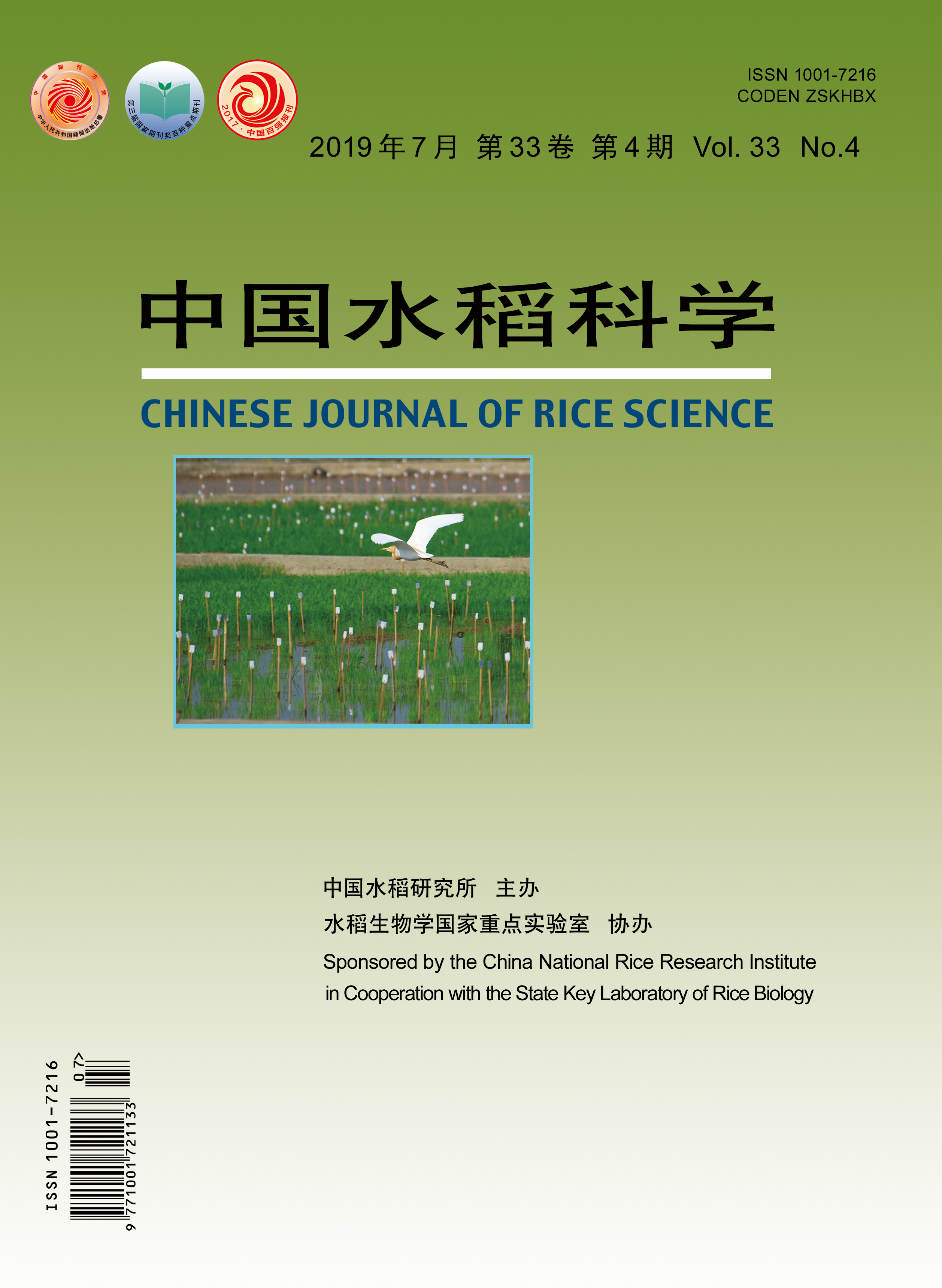【Objective】The research aims to make rational use of rainfall during rice growth, improve paddy nitrogen fertilizer management practice in the Jianghan Plain.【Method】The field plot experiment with two irrigation regimes (conventional flooding irrigation, FI; rainfall-adapted irrigation, RAI) and three nitrogen fertilizer managements (farmers’ fertilization practice, FFP; 30% urea+70% controlled release compound fertilizer, 30%N+70%CRF; optimized and reduced nitrogen fertilizer application, OPT-N) were carried out to study the effects of water and fertilizer managements on rainfall utilization rate, rice yield, photosynthetic characteristics, dry matter accumulation and nitrogen uptake and utilization.【Result】1) Compared with FI, RAI reduced the irrigation quantity by 41.7%, economized water resources while improved the ability of paddy to saving and utilizing rainfall, net photosynthetic rate (Pn), stomatal conductance (Gs), intercellular CO2 concentration (Ci) and transpiration rate (Tr), dry matter accumulation, nitrogen absorption and grain yield in varying degrees during rice growth. 2) Compared with FFP treatment under two water management modes, OPT-N significantly decreased Pn, Gs, Ci, Tr, dry matter accumulation and nitrogen uptake of rice at tillering stage, but increased the above-mentioned indexes from booting to filling stages, but had little effect on final yield formation. 3) RAI combined with 30% N + 70% CRF treatment helped increase Pn, Gs, Ci and Tr in the early growth stage, and promoted the accumulation of dry matter significantly in the middle and late growth stages. The nitrogen uptake was significantly higher than in OPT-N and FFP during the tillering stage, and was significantly higher than FFP at the full heading stage and mature stage. Effective panicle number, panicle length, 1000-grain quality and seed setting rate were the highest among treatments, and the actual yield was 10.4% higher than that in conventional water and fertilizer management.【Conclusion】Under the rainfall-adapted irrigation, OPT-N had no significant effect on rice growth and yield, 30% N+70% CRF was helpful to increase photosynthesis, nitrogen uptake and yield of rice.

